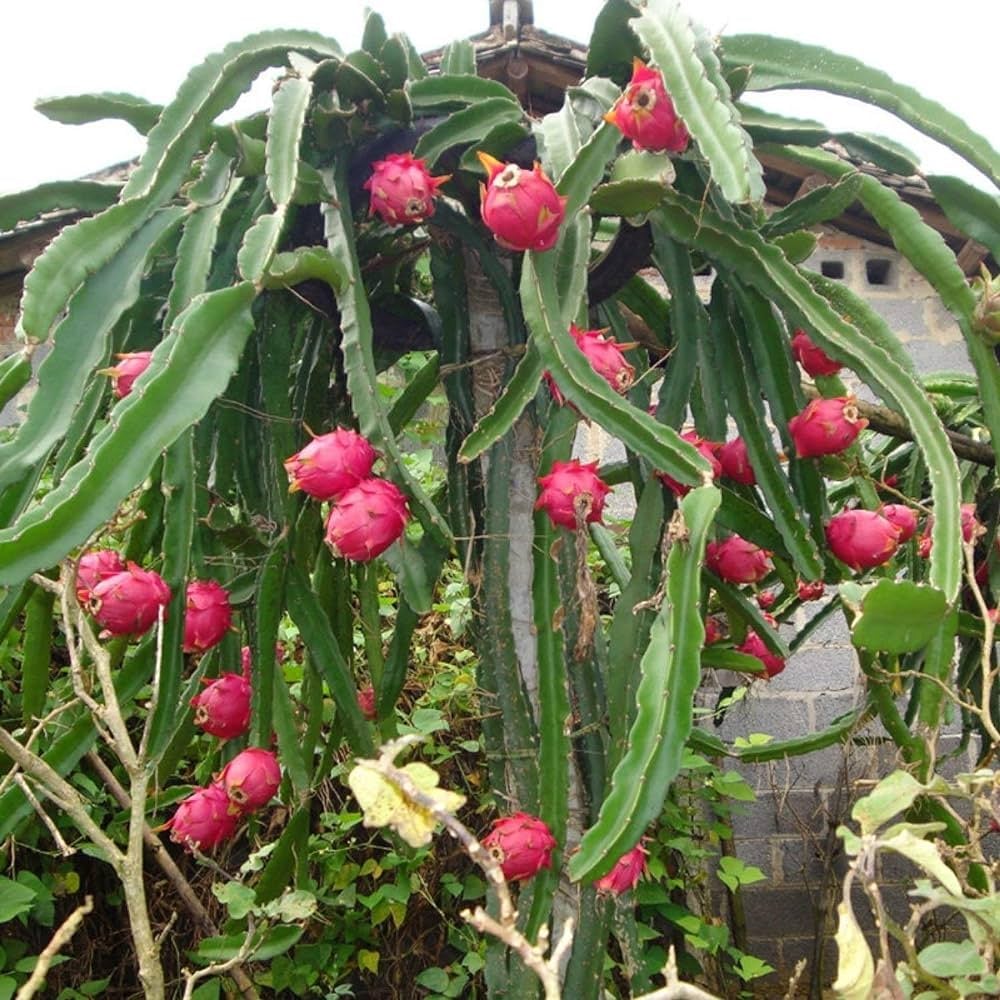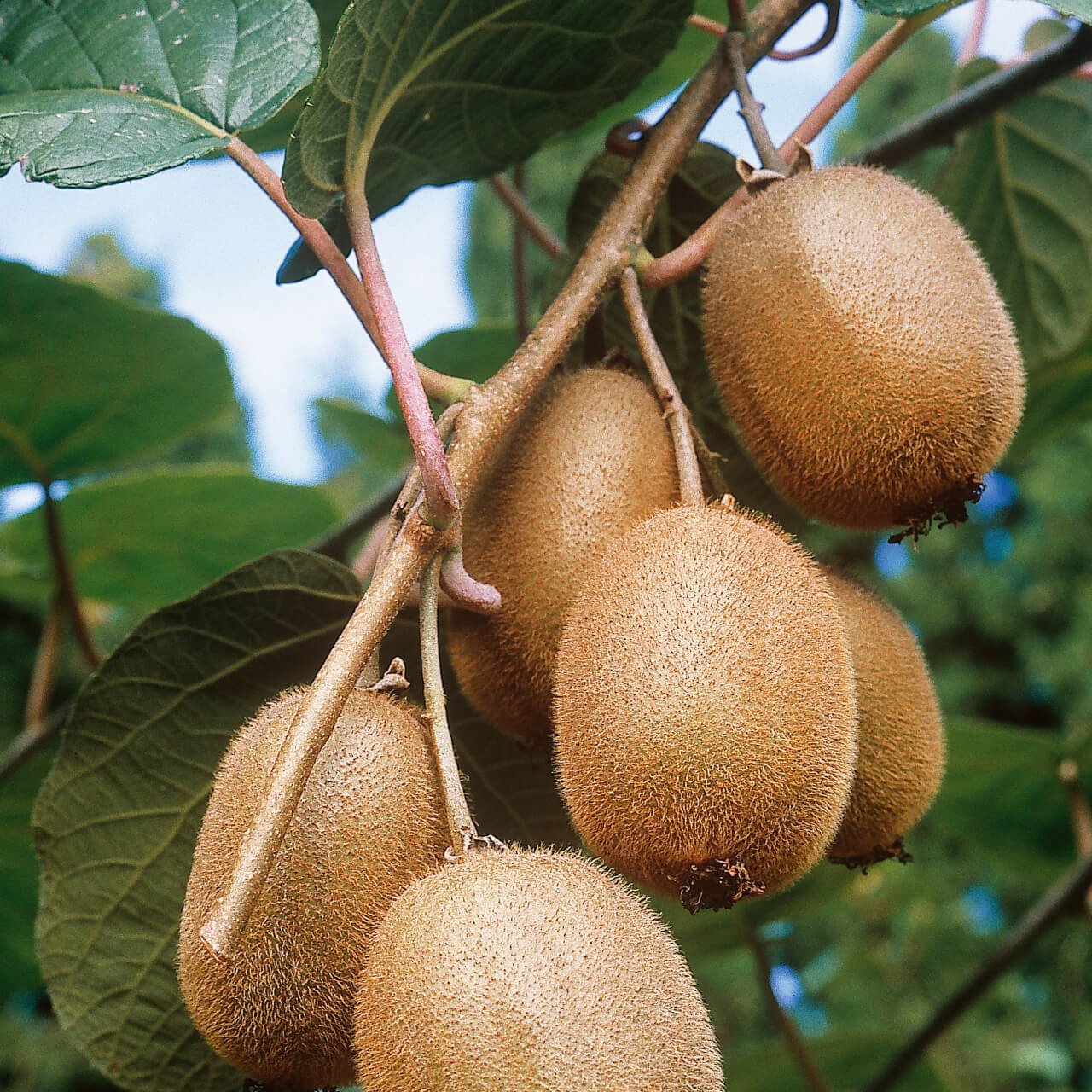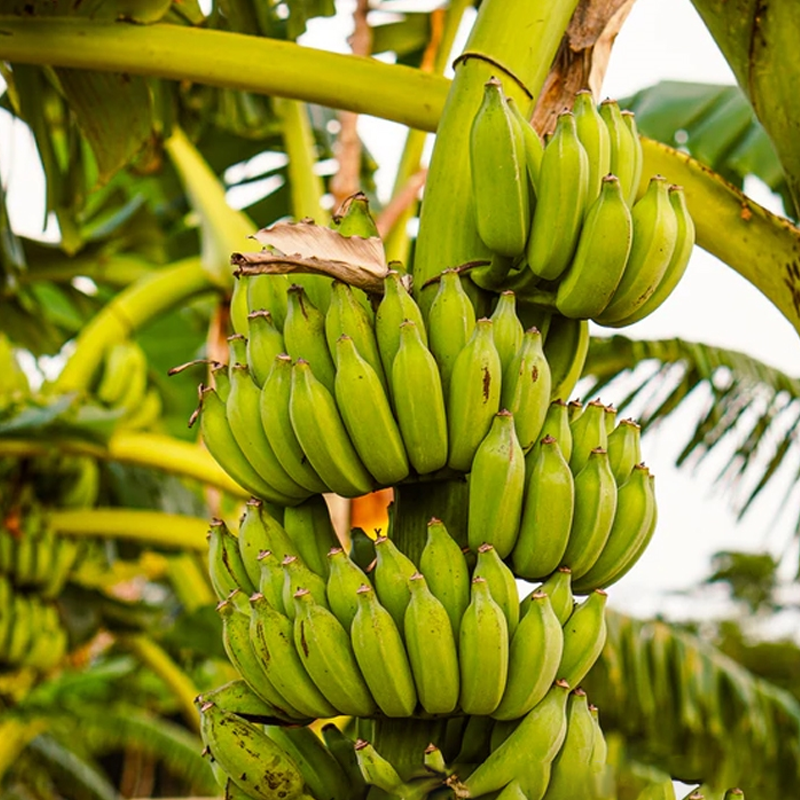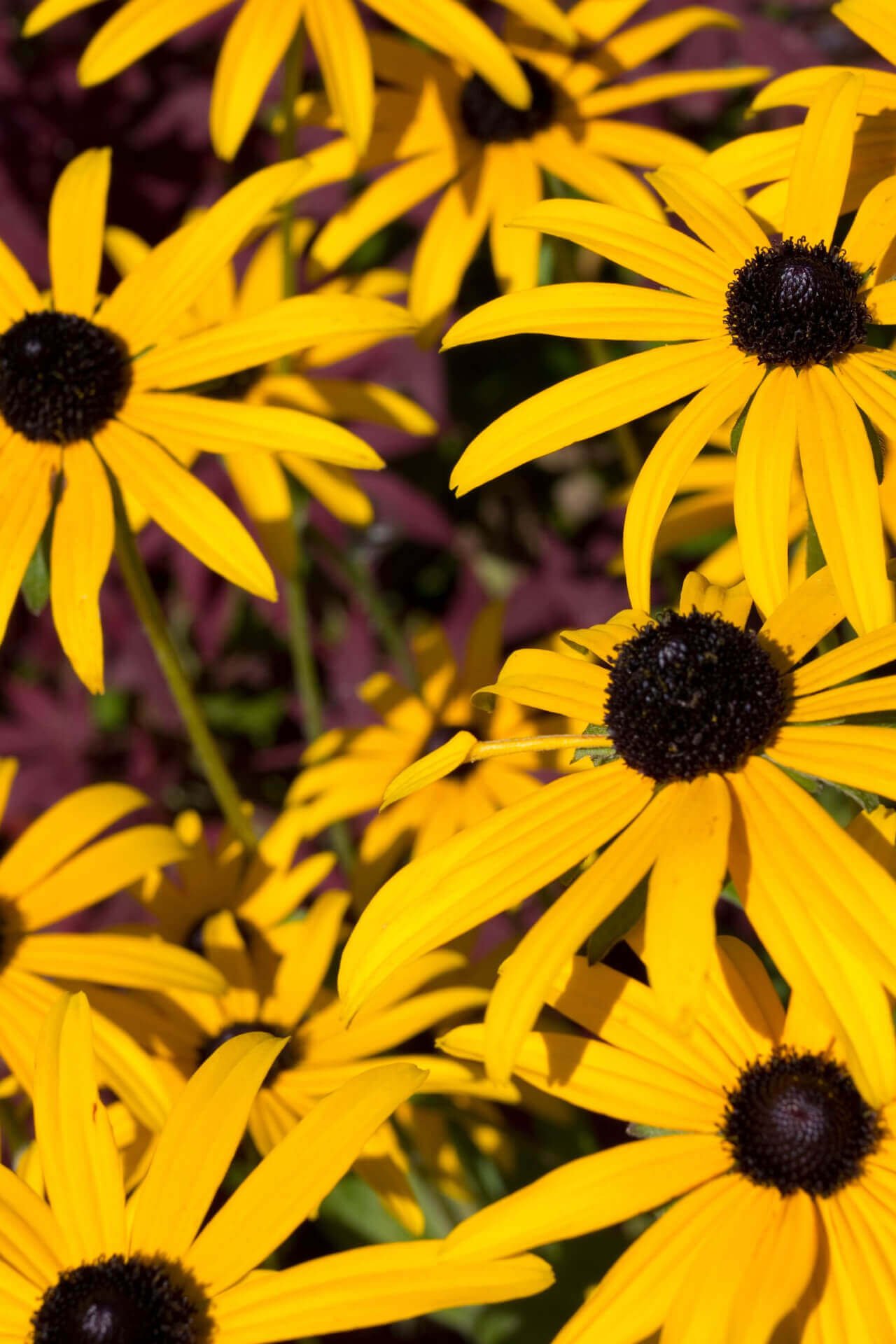
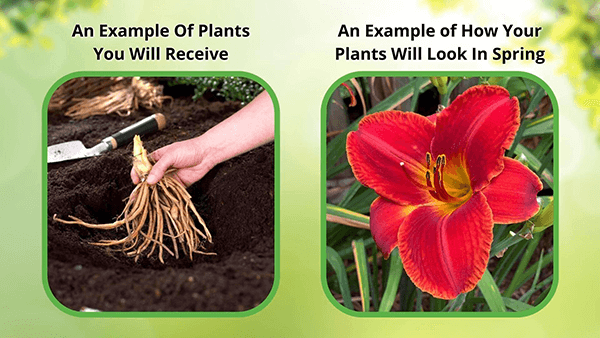
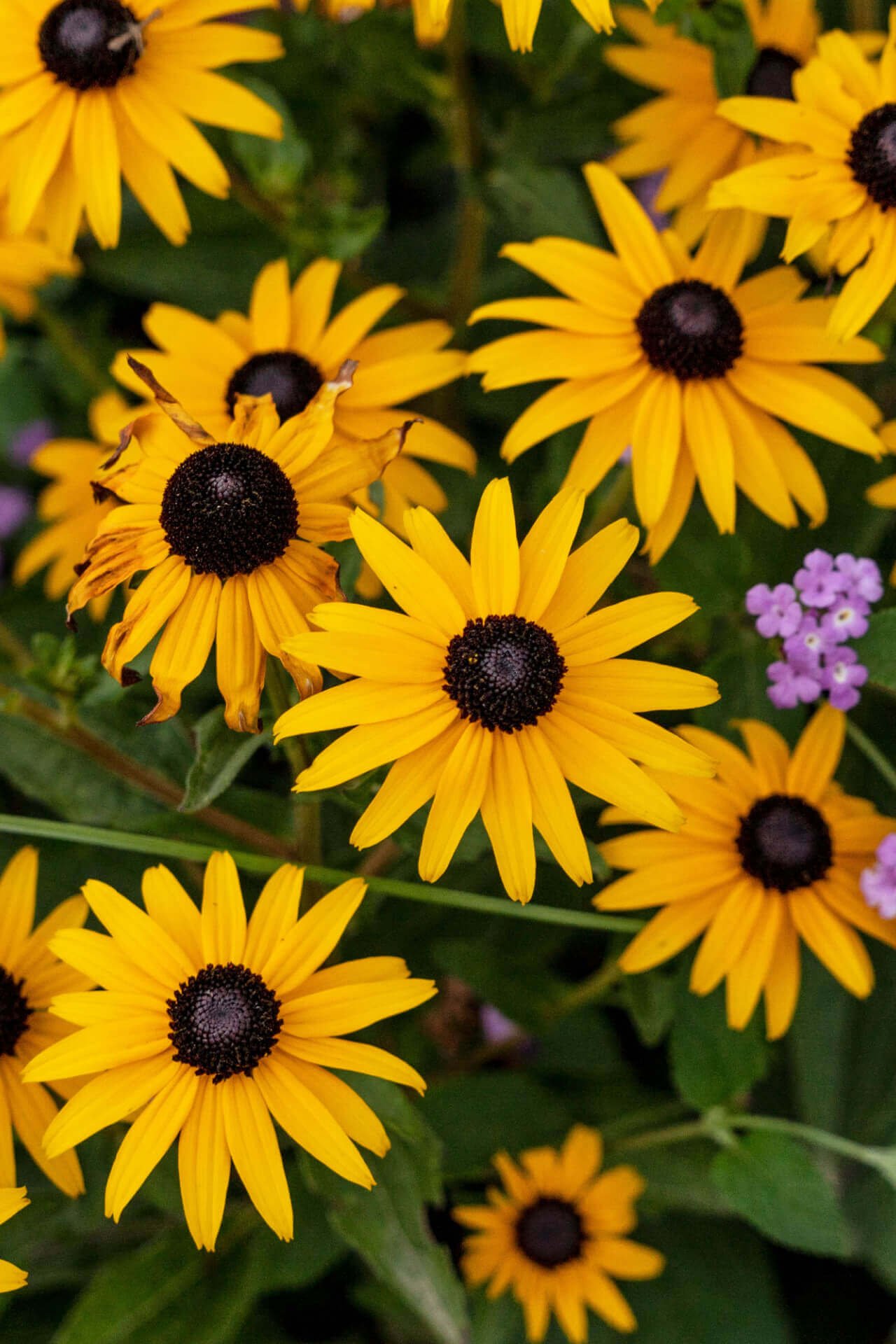

Brown Eyed Susan
Attracts pollinators like bees and butterflies
Low maintenance, hardy perennial plant
Long-lasting blooms throughout summer
Thrives in
ZONE 3ZONE 4ZONE 5ZONE 6ZONE 7ZONE 8ZONE 9This plant ships:
Ships Now (5-7 Days)Brown Eyed Susan: Rudbeckia Triloba
Brown Eyed Susan plants have bright yellow flowers that act as a beacon for bees, butterflies, and other insects, providing them with a valuable source of nectar and pollen. It is a vibrant and versatile perennial plant with numerous landscaping benefits. Its charming golden-yellow blooms with dark brown centers make it a delightful addition to gardens, natural areas, and urban landscapes. Beyond its aesthetic appeal, it contributes to the overall health and sustainability of the environment.
With vibrant yellow flowers, When the plants are in full bloom and easy to spot. Formally known as rudbeckia triloba, these flowers feature plush center disks that are a deep brown purple. These fuzzy centers gradually fade to brown and are surrounded by six to 12 bright yellow rays. The result is a daisy-like flower measuring one to two inches across. Each plant boasts several blooms. Large, healthy plants can display six or more blooms simultaneously.
Brown-Eyed Susan Plants Have Multiple Blooms
The stems supporting these vivid blooms are reddish, coarse, and densely branching. Upright and prone to clumping, they range in height from two to five feet. The stems have fine white hairs along their upper half and are trimmed with green leaves. The leaves can differ in size and formation. Those at the top tend to be smaller and more straightforward.
Reblooms in Spring
How do you decide if you want them? Both are gorgeous coneflowers that can add a lively splash of yellow to your landscape. However, there are distinct differences. They have smaller flowers with fewer petals. They also have a more abundant output of flowers. In addition, they tend to bloom for a more extended period.
Reproduces and Multiplies
They are classified as either perennial or biennial, and Brown Eyed Susan will often self-seed and self-pollinate. They bloom beautifully from the middle of summer through the first frost, so you can usually spot their cheery yellow flowers from July through October.
Makes Excellent Cut Flowers
Gardeners who want to create an informal look or naturalize an area favor cut flowers, which are frequently found in borders and mass plantings. Cut flowers attract bees, butterflies, and birds, making them an excellent choice for landscapers who want to draw pollinators. Cut flowers are gorgeous, so they’re often popular with growers who enjoy creating floral arrangements.
This Is How Your Plants Will Look upon Delivery
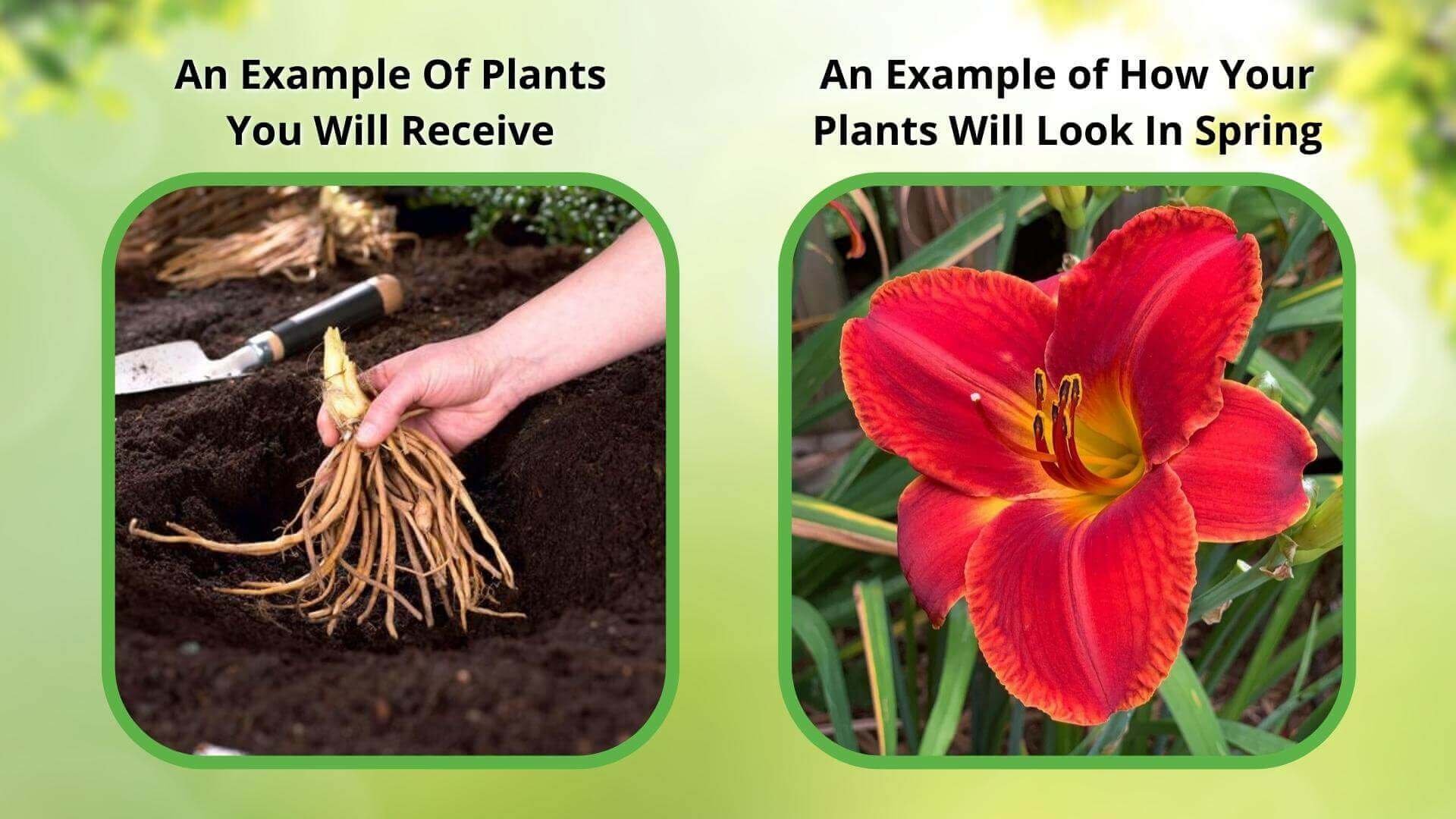
Bloom Season
Fall
Bloom/Foliage Color
Yellow
Height at Maturity
Over 12"
Care
Brown Eyed Susans thrive in well-drained soil with regular watering. Deadhead finished flowers to promote more flowers and cut back in late fall to prepare for winter. They are generally pest-resistant and require minimal fertilization.
Plant Reproduction
Brown Eyed Susan spreads by self-seeding in open soil
Shipping date depends on the date displayed and chosen when you order from the product's page.
We only accept returns on plants verified dead. If you think your plants have died, we offer a 1 year warranty, please use this File a Claim Link to verify dead plants and start with return warranty process.





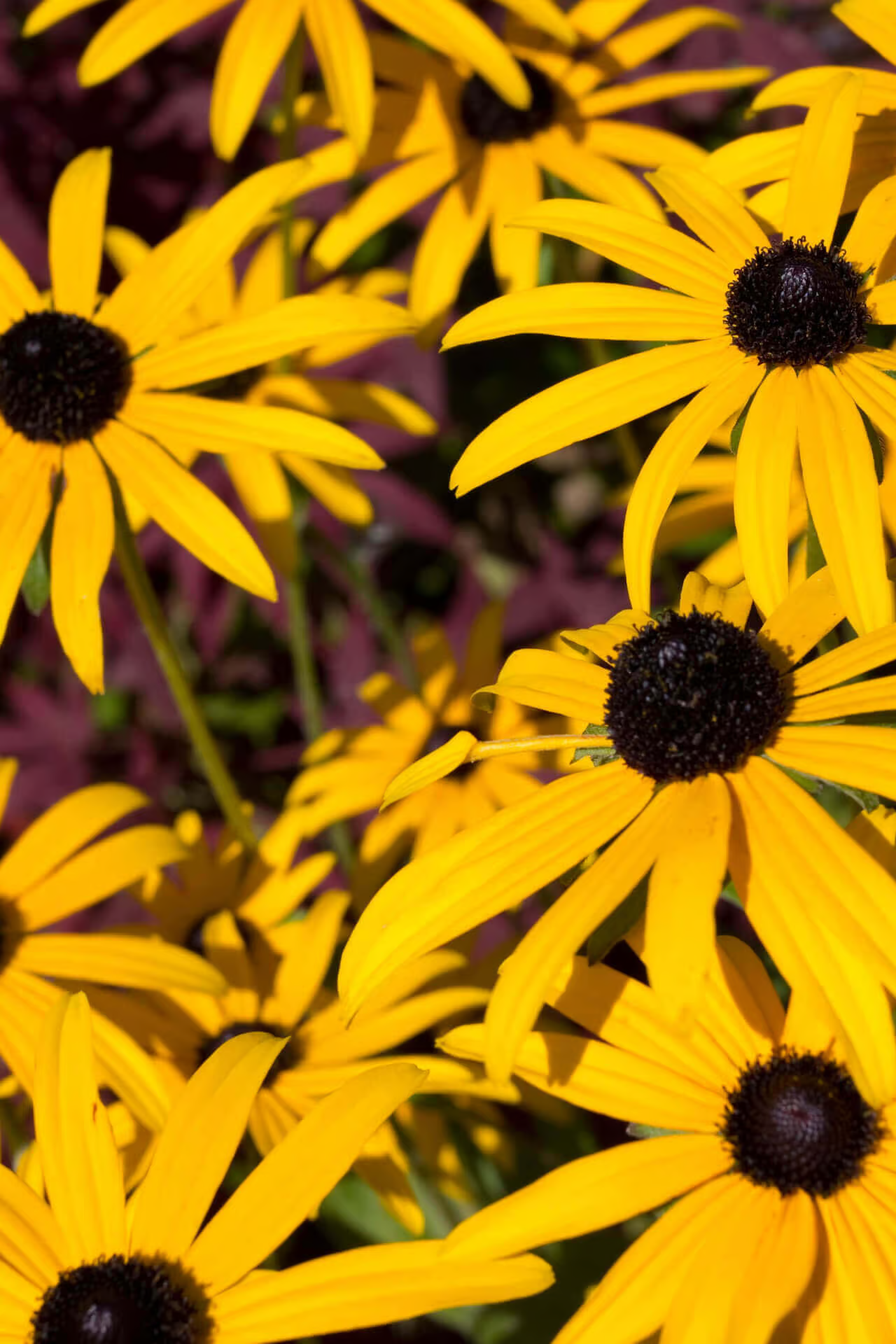
Pollinator Magnet:
Brown-eyed Susan's vibrant yellow flowers attract bees, butterflies, and other beneficial insects, offering a valuable source of nectar and pollen for local pollinators.
Easy to Propagate:
Brown Eyed Susan is simple to propagate, allowing you to easily grow new plants from existing ones. This makes it a great choice for expanding your garden or sharing with friends.
Daisy-Like Blooms:
Each Brown Eyed Susan features a daisy-like flower with fuzzy centers that transition to brown, surrounded by six to twelve bright yellow rays. These blooms, measuring one to two inches across, are produced abundantly, with large, healthy plants displaying six or more flowers at once.
Self-Seeding:
Brown Eyed Susans are either perennial or biennial and often self-seed and self-pollinate. They bloom vibrantly from mid-summer to the first frost, ensuring a continuous display of their cheerful yellow flowers throughout the growing season.
Caring Tips
How do I care for my Brown Eyed Susan?
Each box contains detailed care instructions and information about your product. But here's the basics.
Care Tips
Brown Eyed Susans thrive in well-drained soil with regular watering. Deadhead finished flowers to promote more flowers and cut back in late fall to prepare for winter. They are generally pest-resistant and require minimal fertilization.
Light Requirements
Brown Eyed Susans thrive in full sun, ideally acquiring at least 6 hours of natural sunlight daily. They can tolerate partial shade but may have fewer blooms and more leggy growth in less sunlight.
Hardy Planting Zones
3 • 4 • 5 • 6 • 7 • 8 • 9
Header
Use this content to share information about your store and products.
Frequently Asked Questions
How often should I water my plants?
How do I know if my plant is getting too much or too little sunlight?
What should I do to prepare my plants for winter?
What are the signs that my plant needs fertilizing?
How can I prevent pests from damaging my plants?
How do I choose the right plant for my climate zone?



